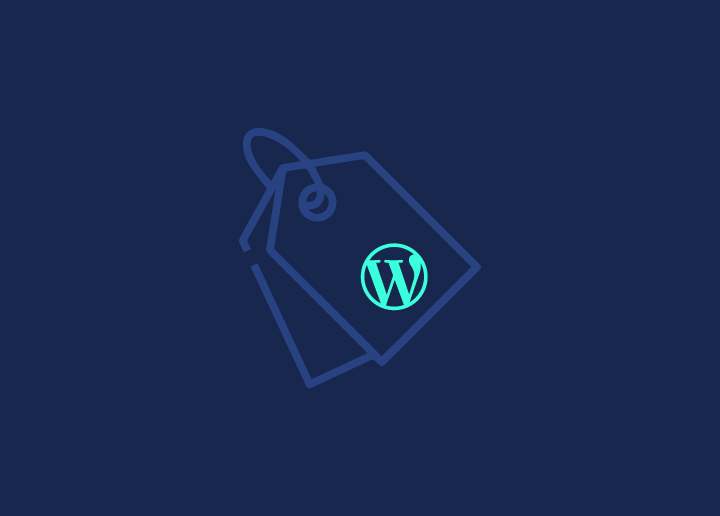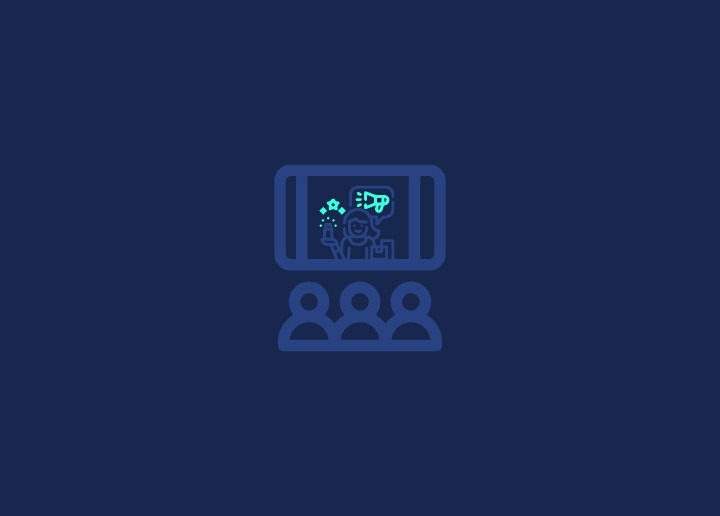Big brands work hard to maintain customer loyalty, frequently through years of advertising campaigns that reinforce brand messaging. These brands include high-street merchants’ online storefronts, marketplaces such as Amazon or Alibaba, and, increasingly, manufacturers selling straight to consumers. In every way, big brands are in the online minority. Still, this article focuses on developing a brand personality based on the brand archetype and why you should do the same for your business. Customers must come to you and stay with you so that you quit chasing them and scale beyond a few thousand sales per month. To do so, you’ll need to establish a brand personality that your customers will want to engage with and trust. A brand archetype or a combination of archetypes is frequently used to create this personality.
Contents
ToggleWhat is a Brand Archetype?
As first characterized by psychologist Carl Jung, Archetypes are identical psychic structures that we all received from our ancestors. Archetypes are profoundly ingrained in our psyche. Archetypes are exposed by the arrangements they make in awareness, and even if we don’t intentionally observe them, they emerge to the surface and present themselves through symbolic imagery. His religious symbolism findings inspired Carl Jung’s work. Although we can’t control the unconscious, religious symbolism serves as a guide to archetypes and, in this case, brand archetypes because it is a product of the unconscious.
12 Different Brand Archetypes
The Magician
They reveal to their audience that they can rise above the crowd. Customers’ attention and curiosity are piqued as a result of the brand’s confidence. Through their product or service, these brands tend to promote amazement, a promise of change, and transformation. [Example: Disney]
The Creator
The Creator archetype is inspired by the unrestricted flow of creativity while remaining within limited boundaries of control. Different brands and corporations value and support self-expression, imagination, and out-of-the-box thinking in this delicate balance. [Example: Apple]
The Ruler
Security, finance, technology, and government are all fields where the ruler archetype is dominant. They’re also visible in industries that produce high-end goods. People who want to feel important, empowered, and safe are tapped into by the marketing efforts surrounding these products. Classical, aristocratic, and correct imagery is frequently linked with these products. [Example: Microsoft]
The Lover
The Lover brand archetype is all about forming bonds and eliciting feelings. Lovers are constantly on the lookout for new and innovative ways to make others feel special and to meet their demands. The physical pleasures of being human are celebrated by brands that identify with this archetype, creating intimacy and delight in their customers. [Example: Victoria’s Secret]
The Caregiver
The Caregiver appeals to the consumer’s sentimental impulses, family affection, and desire for security. Touching music, photos of families, and a focus on giving and community will most likely be used in marketing efforts. [Example: Heinz]
The Jester
Jester brands have by far the most engaging marketing efforts. Consider something out of the ordinary yet relatable. You might see outlandish circumstances, quick wit, and unique perspectives on everyday situations. [Example: Cadbury’s]
The Sage
Wisdom and truth are central to the Sage archetype. The Sage believes that gathering information and continuously pursuing the truth are the keys to success. This archetype believes that we may improve the world by obtaining trustworthy, accurate information and sharing it with others. [Example: Discovery]
The Explorer
The Explorer is genuine, curious, and self-sufficient. This personality type is looking for answers to questions like “Why am I here?” and “What is my purpose?” The Explorer desires the freedom to construct their path, focusing on self-discovery and life’s meaning. [Example: NASA]
The Rebel
The Rebel archetype is best described as a disruptive force that seeks to disturb the status quo, whether for personal gain or to better the lives of others. [Example: SpaceX]
The Hero
To separate oneself from the crowd, the hero archetype would wear a professional uniform. They’re the ones that always volunteer for the task that no one wants, and they almost always have a goal in mind — and will want to tell you how you can reach yours as well. [Example: Nike]
The Citizen
The citizen archetype is best described as the common man or woman, your everyday Joe or Jane. Compared to other less relatable characters, the citizen is frequently thought to be wholesome and kind, making them quite likable. [Example: Whole Foods Market]
The Innocent
This archetype’s marketing frequently employs images that evoke feelings of tranquility and nostalgia. Nature, animals, and moments of nostalgia or togetherness are all common image topics. An innocent brand’s work culture will be purely based on honesty and dependability. [Example: Coca Cola]
Advantages of Adopting a Brand Archetype
While most of your competitors compete solely based on feature USPs, other perks, and pricing, brand archetypes allow you to compete on a more intuitive, deeper level, allowing you to separate your product from the competition through emotion. Rather than selling to stereotypes based on cultural conventions (highly simplistic and undifferentiated), use archetypes based on universal truths that are genuinely human, dynamic, rich, intuitive, and distinct. Consider Microsoft, perhaps the most well-known technology brand of all time, illustrating “The Ruler.” In truth, it’s a mix of “The Ruler” and “The Creator.” If you asked people what they think of Microsoft, you’d get the following answers.
Revolutionary
Visionary
Inspired
Charismatic
Imagination
All of these terms represent what people aspire to, respect, and, as a result, pay attention to and respond to. Brands constantly reinvent themselves, but it’s challenging to slow down and turn around when things go wrong, much like an oil tanker. In branding, archetypes will help you strengthen your brand’s story. Choosing an archetype for your brand can aid in the development of meaningful interactions with present and potential customers. It’s also an excellent approach to stand out in a crowded market and make a lasting impression on potential buyers.
How to Make Brand Archetypes Work for You?
Identify
Identify Your Business Archetype. You now know to whom you must appeal. Adapt it as needed, putting emotion at the center of your messaging in the context of a desirable lifestyle.
Information
Gather information about what matters to your target audiences and what motivates them. Sort these into ascending order of significance. Split audiences where you notice a new audience emerging, and then do the same for this new audience.
Brand Ambassador
Typically, this is a celebrity or the founder. It can, however, be anyone who can empathize with and sympathize with the interests, needs, and desires of your target audience. Their goal is to weave together your consumer base’s commonalities, the obstacles they’ve faced, and the emotions they’ve felt. How they overcame, mastered, and triumphed, then shared their experiences with loved ones to demonstrate the incredible impact on their lives and lifestyles.
Positioning
Consider how to position your product/service line in the context of each persona’s demands and needs. Consider the graphics and video you might want to use, the social media posts you want to share, etc. This includes not only the content you present but also the packaging choices like custom mailer boxes, which can subtly convey your brand’s attention to detail and quality. Additionally, integrating visually engaging graphics and videos can enhance your message’s resonance across various social media platforms.
Content
Develop a content strategy based on your brand’s personality. Take into mind the following touchpoints.
Origins
Tell the store of your brand’s beginnings. To connect with your target audience, use your brand’s personality.
Appreciation
Reflect on the ideals that your consumers appreciate and strive towards. The logo, as well as your branding symbolism, should elicit the emotions associated with these ideals.
So, now that you’ve learned about brand archetypes, where do you fall in? Maybe you’re a mix of two or three archetypes and don’t see yourself fitting cleanly into any of them. Perhaps you’re in the process of transitioning from a market-disrupting rebel to a well-established monarch, as the archetypal model isn’t static. Brand archetypes can be used as part of your brand strategy to assist you in positioning your brand and predicting how your brand should look in the future. For more information, contact us.


















